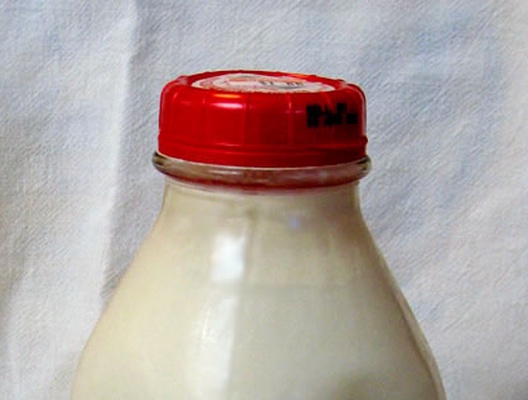Light whipping cream, in the American market, refers to a cream dairy product with a milkfat content between 30% and 36%. It is distinct from heavy whipping cream, which contains at least 36% milkfat. The term "whipping cream" refers to its ability to be whipped into a form that holds its shape, although light whipping cream forms a softer, less stable whip than its heavier counterpart. It should not be confused with light cream, a product sold in the United Kingdom, which has 20% milkfat.
Light whipping cream is a versatile ingredient used in both sweet and savory dishes. Its lower fat content compared to heavy cream makes it suitable for a variety of culinary applications where a lighter texture or consistency is desired.
Light whipping cream applications
Whipped cream: Light whipping cream can be whipped into soft peaks and used as a topping for desserts such as pies, cakes, and fruit. The lower fat content means that the cream forms softer, less stable peaks than heavy cream, and it tends to collapse more quickly after whipping. To improve stability, it is sometimes whipped with sugar or stabilizers like gelatin or cornstarch.
Sauces and Soups: Light whipping cream is frequently used in sauces, particularly cream-based or reduction sauces, where it adds richness and body. It is less likely to separate or curdle compared to milk when exposed to heat, though it requires careful temperature management. In soups, light whipping cream can be added to create a creamy texture without the heaviness of full cream, balancing richness with a lighter mouthfeel.
Baked Goods: In baking, light whipping cream is used to add moisture and tenderness to various goods such as cakes, biscuits, and scones. It can also be incorporated into fillings for pastries and cream puffs, where its ability to hold air provides lightness to the final product. Additionally, light whipping cream may be used as an ingredient in custards and puddings, offering a creamy texture without overwhelming richness.
Custards and Ice Cream: Light whipping cream is often used in custards and ice cream bases, where it provides the necessary fat content for a smooth texture but keeps the final product lighter than if heavy cream were used. In ice cream production, the use of light whipping cream results in a softer, less dense consistency.
Coffee and Beverages: Light whipping cream is sometimes used as a creamer for coffee, adding richness without the full thickness of heavy cream. It can also be incorporated into beverages such as cocktails and hot drinks that benefit from a creamy texture, like Irish coffee.
Savory Dishes:: In addition to sweet dishes, light whipping cream is used in savory applications such as quiches, gratins, and creamy pastas. It contributes a smooth, rich texture and helps to bind ingredients together in dishes that require a creamy consistency.
Storage and Handling
Light whipping cream should be stored in the refrigerator and used within the expiration date on the packaging. Once opened, it should be kept tightly sealed and used within a few days to ensure freshness. Freezing light whipping cream is not recommended, as it can lead to separation of fat and liquid upon thawing, affecting both texture and whipping ability.
While light whipping cream is suitable for many uses, its lower fat content makes it less ideal for certain applications that require a firmer, more stable cream, such as piped whipped cream or certain types of ganache. Additionally, light whipping cream may not provide the same level of richness or thickness required in recipes that call for heavy cream.
